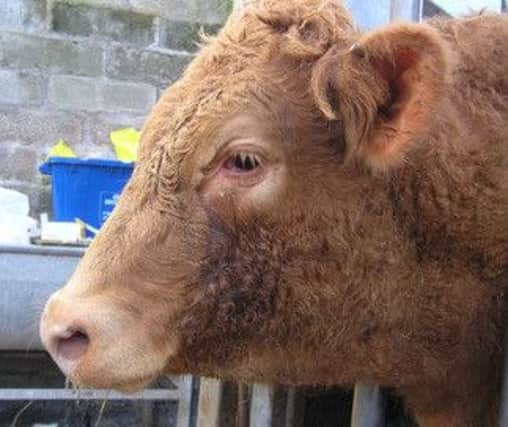Stop vaccinating in haste, repent at leisure


However any such cost stripping needs to take into account the potential impact of that action.
For livestock farmers, if the result is a reduction in animal productivity the result could be a net financial loss. Such decisions therefore need to be carefully thought through.
Advertisement
Advertisement
This is certainly the case with respect to veterinary and medicine costs.
Looking at a number on paper it may seem an easy area to target, but the impact of such cost cutting can be substantial, particularly if those cuts are to preventative disease management.
Vaccination against endemic diseases such as IBR, Leptospirosis and BVD are prime examples. When disease control programmes are working, it can be easy to forget the impact disease was having before the control plan was implemented.
Viewing vaccination as a form of ‘insurance’ some may then decide to take a gamble and stop vaccinating as a way of reducing medicine costs. Whilst there will be an obvious immediate cost saving, over time herd immunity will wane, leaving animals vulnerable to re-infection.
Advertisement
Advertisement
Where bullet proof biosecurity can’t be achieved (likely the majority of farms) is this a risk worth taking?
The impact of diseases such as IBR and leptospirosis are well documented. Infection with Leptospira hardjo is associated with milk drop, infertility, abortion and weak calf syndrome. Infection is also transmissible to man, which accounts for the high uptake of vaccination on New Zealand dairy farms.
How leptospirosis causes infertility has been much debated.
There are reports that infection can reduce conception rates and cause regular and irregular returns to service.
Advertisement
Advertisement
This is possibly due to affecting embryo-maternal signalling or because the leptospires in the uterus cause inflammation resulting in early embryonic death.
Subfertility of beef cattle which have been infected with Leptospira hardjo has been linked to inflammation in the birth canal.
Transmission via infected urine is greatest in grazing cattle (excretion reduces when cattle are fed silage) peaking in June to October.
This is the reason for vaccination against Leptospira hardjo predominantly taking place pre-turnout.
Advertisement
Advertisement
Herds where cattle are bought in, cattle co-graze with sheep, bulls rather than AI is used, or cattle have access to shared watercourses, are all at increased risk of Leptospira hardjo infection.
In one study conception to first service in clean cows was 46%, compared to just 30% in infected cows.
Clearly for beef suckler herds this will negatively impact the ability to achieve the ideal of 65% of cows calving in the first three weeks of the calving period.
In dairy herds the potential losses can be as much as 0.91-1.41ppl, a loss no farmer wants given today’s milk prices.
Advertisement
Advertisement
Whilst it’s most easy to understand the losses we see from clinical disease in a herd, we must not forget the losses from subclinical disease. IBR is caused by a herpes virus, not dissimilar to the human cold sore virus, which means once infected cattle become carriers of the virus and under periods of stress the virus can re-activate. In a herd where immunity is low this reactivation can result in obvious clinical disease in the herd such as respiratory disease, ocular and nasal discharge, sudden drop in milk production, abortions.
Frequently, however, we may not see such obvious signs because in fact the disease is having a subclinical impact resulting in insidious production losses.
Because such losses tend to be more generalised and less obvious, it may not be immediately apparent that there is a problem, but those production losses can have a significant impact on financial returns.
In a recent study it was shown that dairy cows infected with IBR produced 2.6l/day less milk than uninfected animals over the lactation.
Advertisement
Advertisement
That equates to an annual loss of almost 1000kg of milk/cow. Such losses are not sustainable.
The take home message is that in today’s economic climate stopping vaccination may seem like a very easy way of quickly reducing farm expenditure, but the potential impact on production from either clinical or subclinical disease could be significant.
Now more than ever we need to maximise the health status of our herds to ensure we maximise production returns.
Disease control and vaccination decisions should always be based on a comprehensive risk management approach for your herd, taking into account the many factors specific to your farm.
Your vet is best placed to advise you on such matters, so make sure you know all the facts before making any hasty decisions.